Our Bamboo Grows well in California!
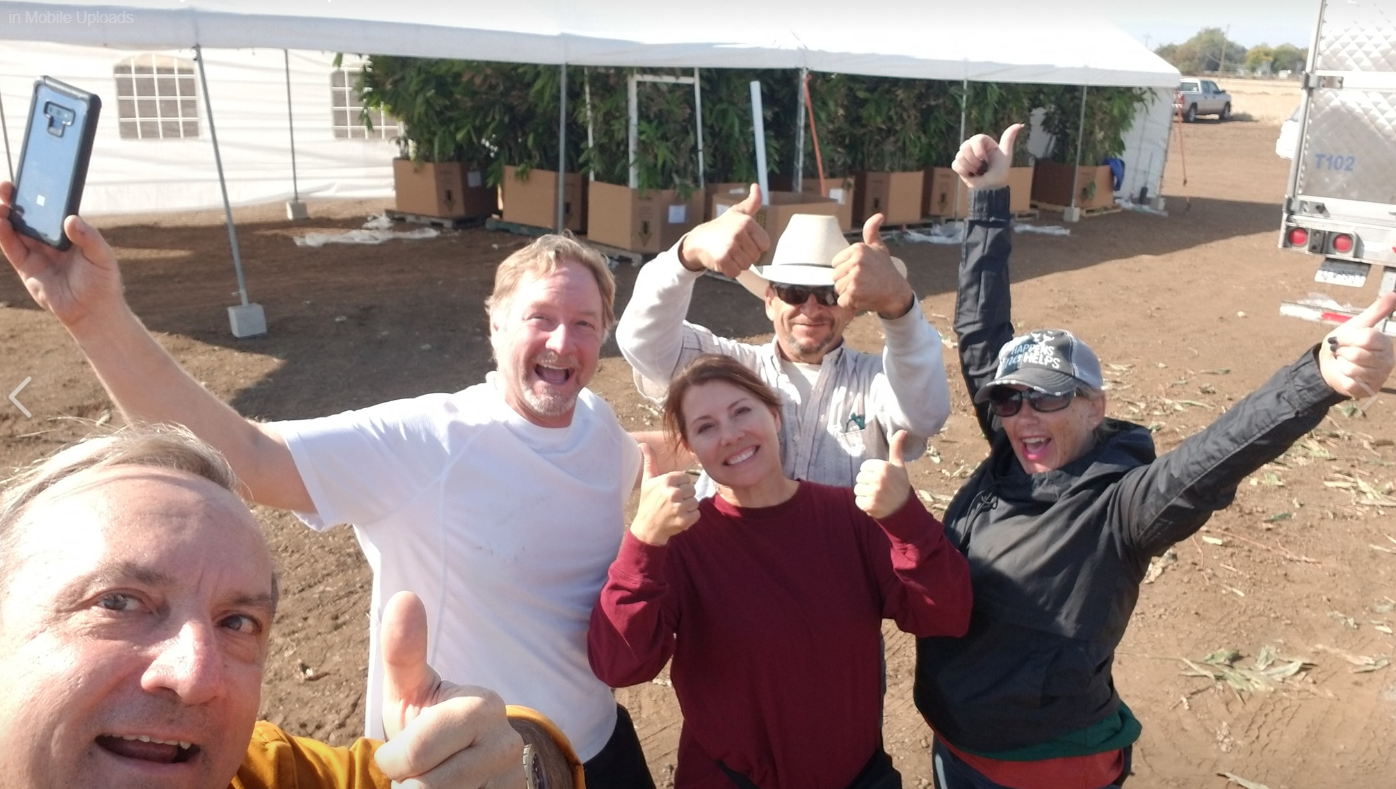
OnlyMoso planted Asper bamboo in Red Bluff California which puts our plants on both coasts. We are considering opening a nursery in California in the near future.

OnlyMoso planted Asper bamboo in Red Bluff California which puts our plants on both coasts. We are considering opening a nursery in California in the near future.
Commercial Bamboo Farming comes to Blessings, Texas. We recently planted another Asper Bamboo farm in this location with more coming very soon!
OnlyMoso participated in the 22nd Americas Food and Beverage Conference in Miami this past week.
This was the launch of edible bamboo shoots at one of the biggest food and beverage show and conference in the United States!
Information about the event:
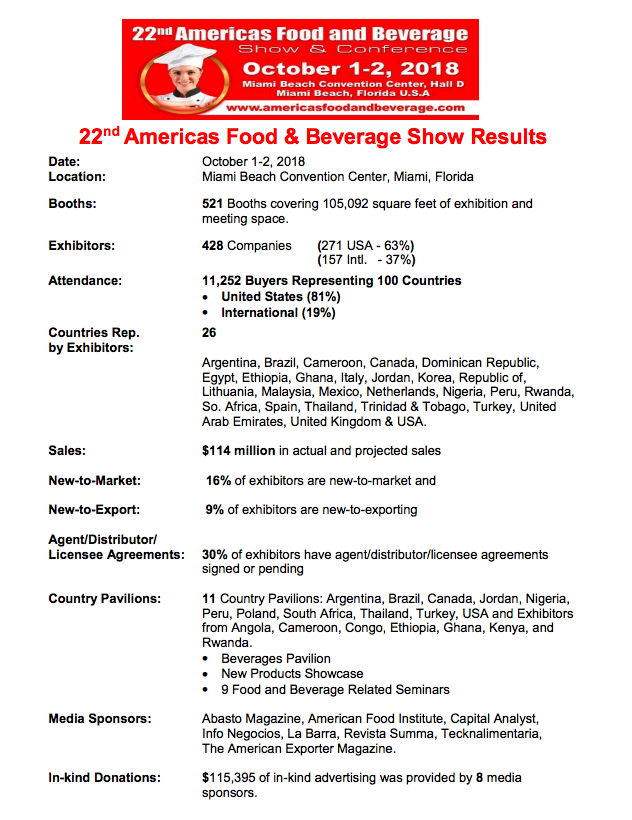
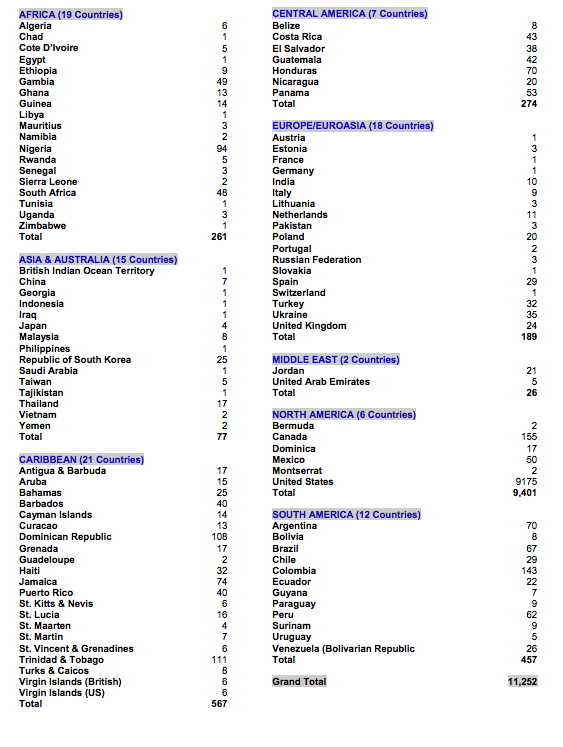
With the addition of a great new Territory Manager in the Midwest, we now have the best team in Southern Louisiana!
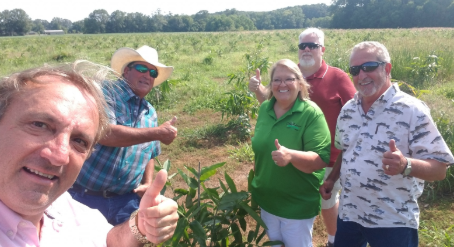
The first operative meeting to initiate operations for the first Bamboo Shoots Packing House — the first one ever in the United States!

Commercial Bamboo Packing House Shareholders begin to take over the harvesting procedures. They will be forming relationships with our farmer partners!
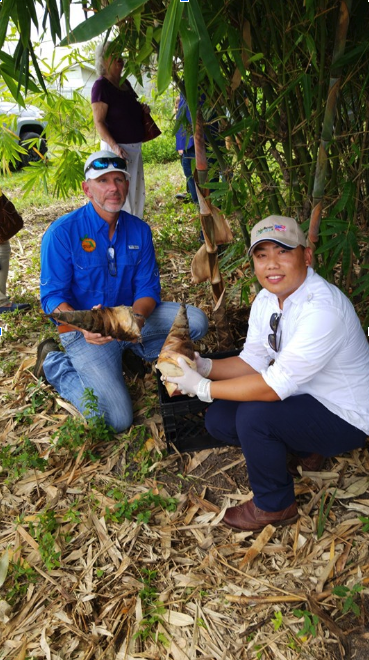
Our representative, Diego, shot this short video on a recent Commercial Bamboo Farm planting in Frostproof, FL. We planted roughly 10 acres of Tropical Bamboo.
We recently added more Commercial Bamboo Farming Acreages in Okeechobee, Florida!
This Family also became our partners in JARRED BAMBOO SHOOTS DISTRIBUTION.
They purchased a property of 70 acres, dedicated exclusively to Commercial Bamboo Growing.
Check out the Facebook Post below for more info!
A versatile, income generating crop, bamboo has thousands of potential uses that the world is just waking up to. Bamboo shoots can be harvested and sold, or farmers can cultivate the full-grown grass and sell wholesale to industrial and commercial buyers. This makes bamboo ideal for investments!
Anywhere in the world with temperate climates is perfect for growing bamboo. It is definitely not a delicate prairie plant. Bamboo is the largest variety of forest grass and requires humidity. Bamboo thrives in 30 inches of rain per year, in the summer. In winters, it’d rather be left alone. All in all, if your soil can grow corn, it can definitely grow bamboo.
For starters, install some kind of barrier around your property to keep the plant from spreading. Not all species of bamboo run, but if you are planting it in a home garden or another premium space, even clumping species may require a restrictive barrier.
Bamboo is best planted during spring, because this gives them a long growing season to take room until winter arrives.
Start off by digging a hole that is twice the width and half the depth of the root ball. We realize that precision isn’t possible, but do your best. Add drainage material and don’t forget to use organic fertilizers. If planting in a dry area, set the plant in a bit of a depression. Otherwise, plants in high rainfall areas can be mounded slightly. Also, once planted, water the plants generously with mulch and compost.
Maintaining bamboo isn’t very difficult. It just takes a bit of due diligence and regular check-ups to ensure that your bamboo plants are growing strong. Here’s what you’ll need to do:
Your plants must be well-watered for the first two years. While bamboo plants are greedy feeders, one decent change with an all purpose organic fertilizer should be more than enough to last all spring. However, bamboos don’t like salt, so keep away from seaweed based fertilizers. If you limit the nutrient intake of a bamboo plantation, you can limit its growth and height.
Regularly remove weak, old and damaged culms. You will find them to be dull in color than the rest of the plant. Just cut them off at the base, closest to the plant. It will help allow more air and light to reach your bamboos, ensuring a healthy, happy bamboo farm.
If you are interested in learning more about commercial bamboo farming and Only Moso’s offerings, visit us today!
Recent Posts
1398 SW 160th Ave #206
Weston, FL 33326
(877) 340- 6755
(954) 530- 3385
[email protected]
Mon-Fri: 9:00-5:00
Sat - Sun: Closed
Огляд онлайн-казино Парі Матч Україна
Казино VBet онлайн: огляд В Бет казино Україна
